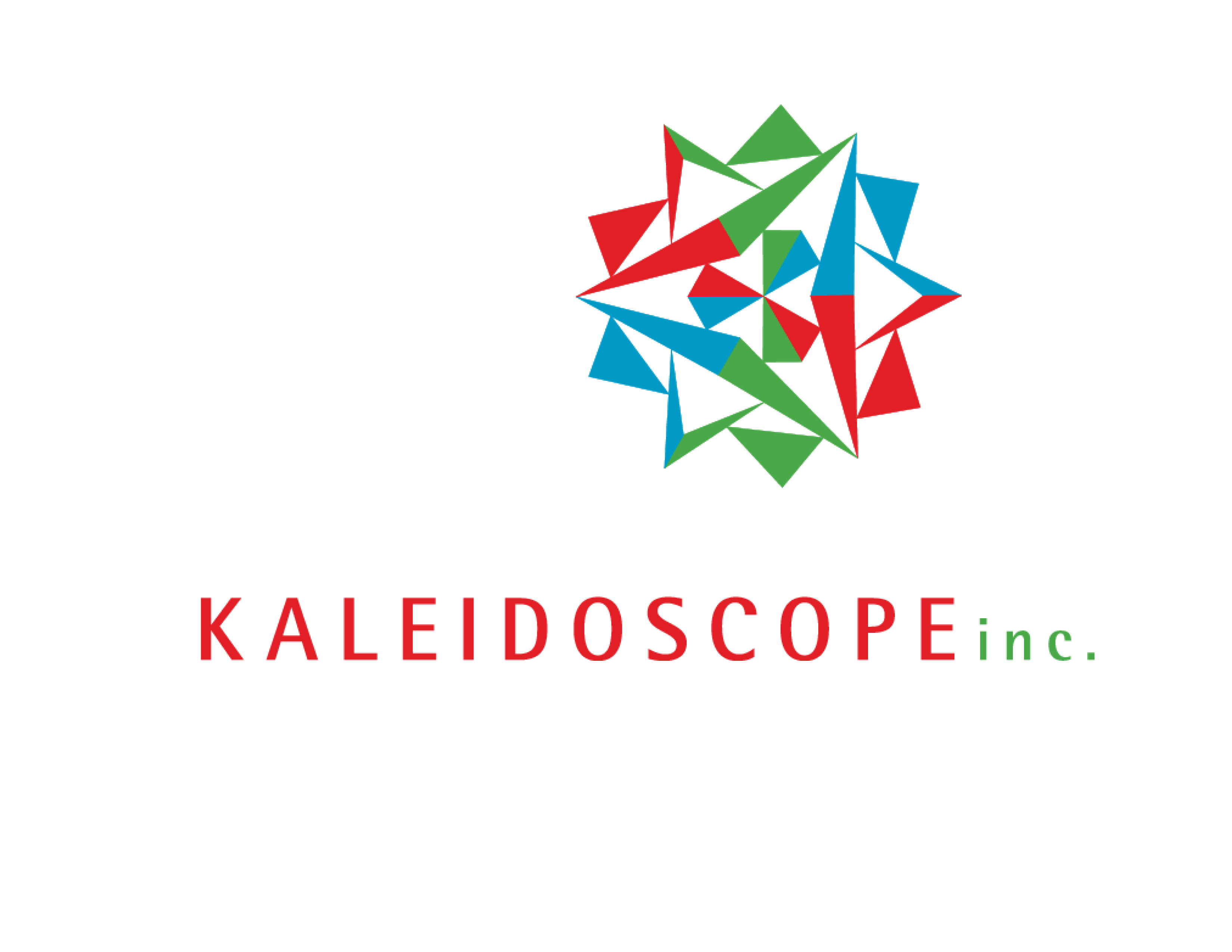Practices of a Healthy Board
The board of directors is the cornerstone of non-profit camps and retreat centers. When the board fulfills its responsibilities and takes responsibility for continued growth and development, the organization thrives. But, when this doesn’t happen, the organization can suffer greatly. We have had the privilege of working with boards and seeing how their operations affect the success of their organizations. As a result, we’ve highlighted some practices below that we believe all boards should adopt.
Understand The Function and Value of Your Board
It is essential to understand what a board does and why their job is so important. A board is responsible for pointing the organization toward a viable and sustainable future. They should make decisions that aim to fulfill the objective s and mission of the organization; this includes focusing on financial management, securing resources, enforcing regulations, and making judicious use of assets. They are also responsible for holding senior management accountable for their actions and operations. With such obligations, quarterly board meetings are critical. That is why continuous development and efficient meetings are so vital.
Define Your Board Type
The type of board you have impacts your organization. A governing board is more traditional and doesn’t have involvement in day-to-day operations or management. They tend to deal with more high-level strategy, fundraising, and accountability.
A working board, on the other hand, has additional responsibilities and management duties along with their board obligations. In our experience, governing boards are the most effective. Working boards often lead to blurred lines, whereas governing boards help guide staff with an outside perspective and protect the organization’s best interests.
Structure Your Meetings Strategically
Board meetings should be quarterly and focused on the organization’s future. As a rule of thumb, if it is happening within the next year, it should not be the focus of your meeting. Instead, discuss strategies that will lead the organization forward. One way to ensure that happens is by including these topics in the agenda:
1. A review of the vitality and viability of your organization
Metrics should be in place to track the health of the organization. Discuss these measurements to determine what is and is not working for your camp. Sometimes this means having difficult conversations about data that looks less desirable.
If your attendance numbers have flattened or are trending down, or your financial reports are outside of the 10% projected budget, this should raise red flags, and the board should at least inquire about corrections.
2. A discussion of future ideations for your camp or retreat center
Asking generative questions creates conversations about the organization’s future. Whether practical or innovative, make time to dream about a particular area of growth and compile possible avenues of improvement. You may be amazed at what comes out of these sessions when everyone is interacting.
3. An annual review of your strategic plans
Include the review of your strategic plan in at least one board meeting annually; this helps ensure that the initiatives are still applicable. It will also highlight any need for funding or amendments.
Host Annual Retreats
Every year, it helps to plan an onsite retreat for the Board of Directors. Not only is it an opportunity to align with the facilities, but it also opens up an intimate opportunity to connect with other members. Participants will enjoy what it feels like to be a part of the unique experience that is your camp or center. The retreat will likely expose areas of improvement and also highlight admirable features. It is a great way to deepen relationships and rapport while offering a firsthand experience.
Recruit New Members
To continue bringing a fresh perspective and new ideas to your organization, you should have a rotation of board members regularly. Keeping the same people on for more than two consecutive three to four year terms will produce stagnant results. Continually recruit new members, and be thinking about succession, including leadership, one to two years in advance.
When you introduce new members to your board, have a clear onboarding process for all to follow, along with an annual orientation. Fostering the intended culture right from the start will ensure everyone is on the same page, well-informed, and working towards the same goals.
Are you looking for more information on how to improve the health of your board?
Download the Board Roles & Responsibilities Document.
If you are looking for more in-depth assistance, click above to book a consultation with one of our consultants.


